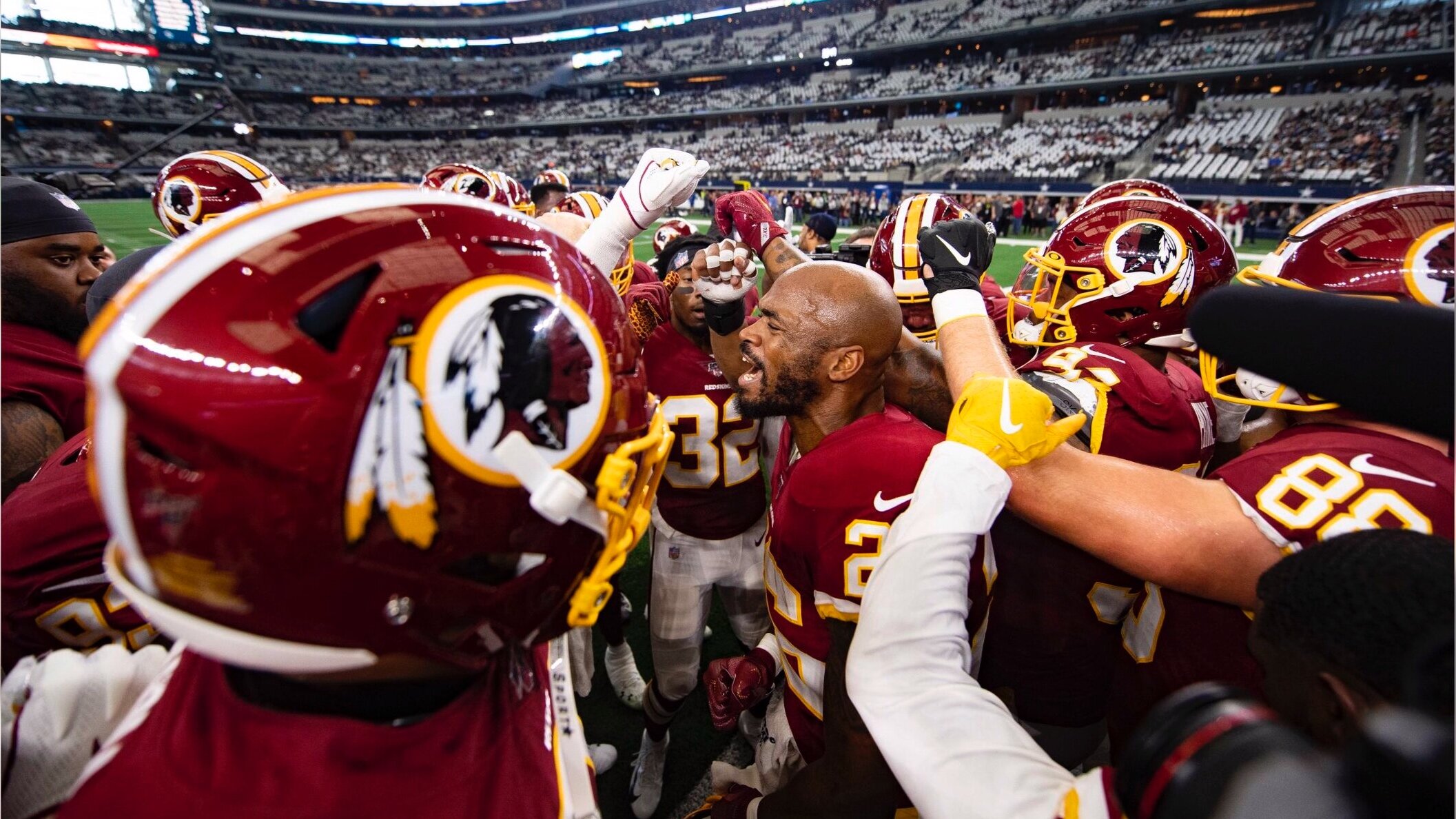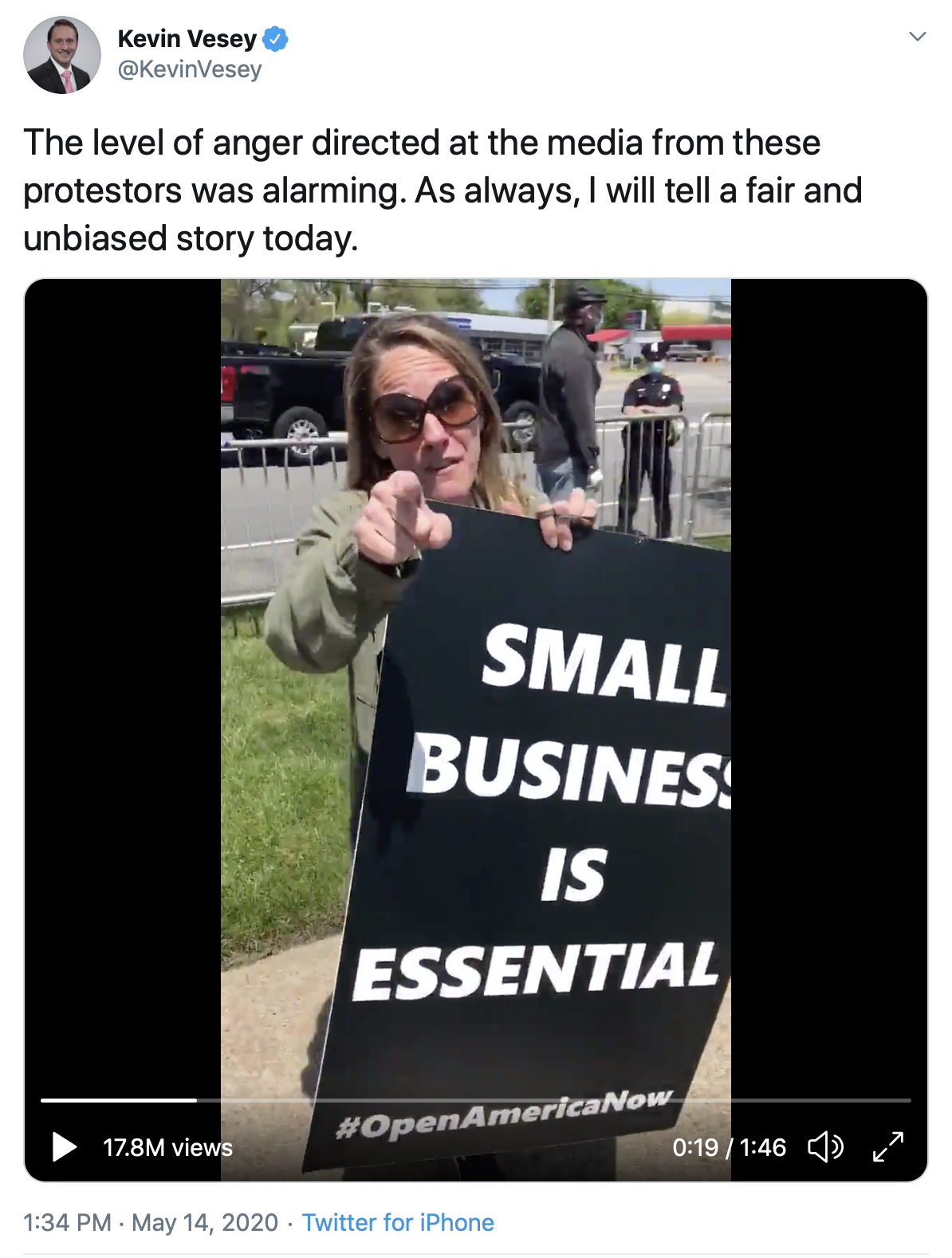Some fans may have to throw out their favorite sports team t-shirt
/THE Washington Redskins’ NICKNAME AND LOGO WERE “RETIRED” ON MONDAY. (Photo from team website)
Two popular fan choices to replace “Redskins” as the nickname of Washington’s NFL franchise are “Pigskins” and “Red Tails” (in honor of the World War II fighter pilots from Tuskegee, Alabama). I suggest owner Daniel Snyder make everyone happy with a compromise choice of “Pigtails.” (Please push your automated laugh track button now.)
Sports team nicknames can be funny, but the Washington franchise’s adherence to its 87-year-old name in the face of multiple protests in recent decades is not funny. Native American activists brand the name as racist. The franchise cites tradition and says the name pays tribute to the heritage of American Indians. But on Monday, Snyder, who once vowed he would never change the name, agreed to do so. It’s part of a national awakening about memorials and symbols that demean traditionally oppressed groups, but mostly it’s because some big-time corporations threatened to withdraw sponsorship of the Redskins.
I can attest that this is a media issue, also. Somewhere in the early 2000s, when I was sports editor of The Birmingham News, one of our regular high school football correspondents, Veto Roley, objected to use of the team nickname in stories about the Oneonta High School Redskins. I decided that Roley could omit the name from all of his bylined stories but that the name would continue to appear in other reporters’ stories because, well, that’s what the school called itself (and still does). It was a deliberated, judicious decision. And, I now realize, completely wrong.
“Redskins” has carried derogatory connotations for most of its history. The stated intent of an adopter doesn’t change that. I’m aware of polls that found most Native Americans do not find the name offensive, but I put more stock in a larger, more recent study by the University of Michigan that surveyed Native Americans who engage in cultural practices and concluded the opposite.
The NFL team’s decision doesn’t put the issue to bed. According to the MascotDB database, 123 high schools or colleges still use “Redskins” and 50 still use “Redmen.”
Roley, who is now a teacher in Mississippi and has Creek Indian ancestry, maintains his objection to the name “Redskins” today. He looks at it from the context of “an unrelenting war of physical and cultural genocide against Native Americans” from the time of Columbus through the middle of the 20thCentury.
But is it the media’s place to judge? Some already have. A Pew Research study in 2013, when the issue was again in the news, found about a dozen news outlets and a dozen individual journalists who had stopped using “Redskins.” More followed. The Minneapolis Star-Tribune was among the earliest – in the early 1990s. “My sports staff was not happy and criticism came from many corners,” Star-Tribune editor Tim McGuire wrote. In the city where the NFL’s ex-Redskins play, The Washington Post does not use the name on its op-ed pages but does use it in news stories.
OH GOSH. MAYBE JUST IGNORE EVERYTHING I WROTE IN THIS POST.
The debate for the sports world and its media is even broader than “Redskins.” Many advocates for Native Americans seek eradication of all nickname references to Native Americans, such as “Indians,” “Braves,” “Chiefs” and “Blackhawks.” According to a New York Times search of the MascotDB database, more than 2,200 high schools use Native American imagery in their names and mascots, in addition to several pro teams. That number has been trending downward, in part because some states have banned public schools’ use of “Redskins” or Indian-related names in general.
Roley says those more mainstream names aren’t slurs, but he finds some offshoots of the names – logos, Indian war dances, fans in stereotyped dress – to be disrespectful. “When we use caricatures and comical representations, we dishonor Native Americans,” he says. Pro teams have eliminated many of those offshoots, but the Atlanta Braves and the Chicago Blackhawks said earlier this month they won’t change their nicknames. The Kansas City Chiefs haven’t commented. The Cleveland Indians, however, announced a review of their name.
Teams that continue to use Indian-related names are obligated to establish ties with today’s tribes and to educate the local community about them, Roley says. He commends Florida State, for instance, for its close relationship with the Seminole tribe. At the pro level, he says, franchises “can lead the way by educating the public about American Indian culture and history, not with poorly thought-out, slapped-together displays put in the corners of the stadiums, but with living history and museum-quality exhibits that are in the center of the stadium.”
University of Alabama professor Dr. Andrew C. Billings, a department colleague, co-wrote a book on this subject in 2018, “Mascot Nation: The Controversy over Native American Representations in Sports.” The current discussions represent progress, he believes. The public attaches different degrees of acceptance to names, to images and to rituals. For his book, Billings surveyed 1,000 people and found that the Atlanta Braves’ nickname had the highest acceptance rate among Native American names, but acceptance was much lower for the fans’ Tomahawk Chop. So the debate for that franchise someday might be whether it has to ditch the name in order to ditch the chop, he says.
Billings thinks the best trigger for change might not be the Washington NFL franchise’s decision – because “Redskins” stands out in its overtness – but rather a decision by the Cleveland MLB franchise to drop its more common name of “Indians.”
As long as schools and pro franchises keep using such names, the media must reckon with their policy on use. Yes, team nicknames are a bread-and-butter part of a traditional sports story. But I can think of numerous instances of media foregoing certain facts as a matter of policy when publication of such facts causes harm to people. That is the case with “Redskins.” Ceasing to publish other Indian-related nicknames would seem like overzealous correctness and a lack of local pride. But it would be a meaningful act of respect for the cultural diversity of the nation. And maybe you’d have no regrets in 20 years.
“Changing the way we talk is not political correctness run amok. It reflects an admirable willingness to acknowledge others who once were barely visible to the dominant culture, and to recognize that something that may seem innocent to you may be painful to others.””

























